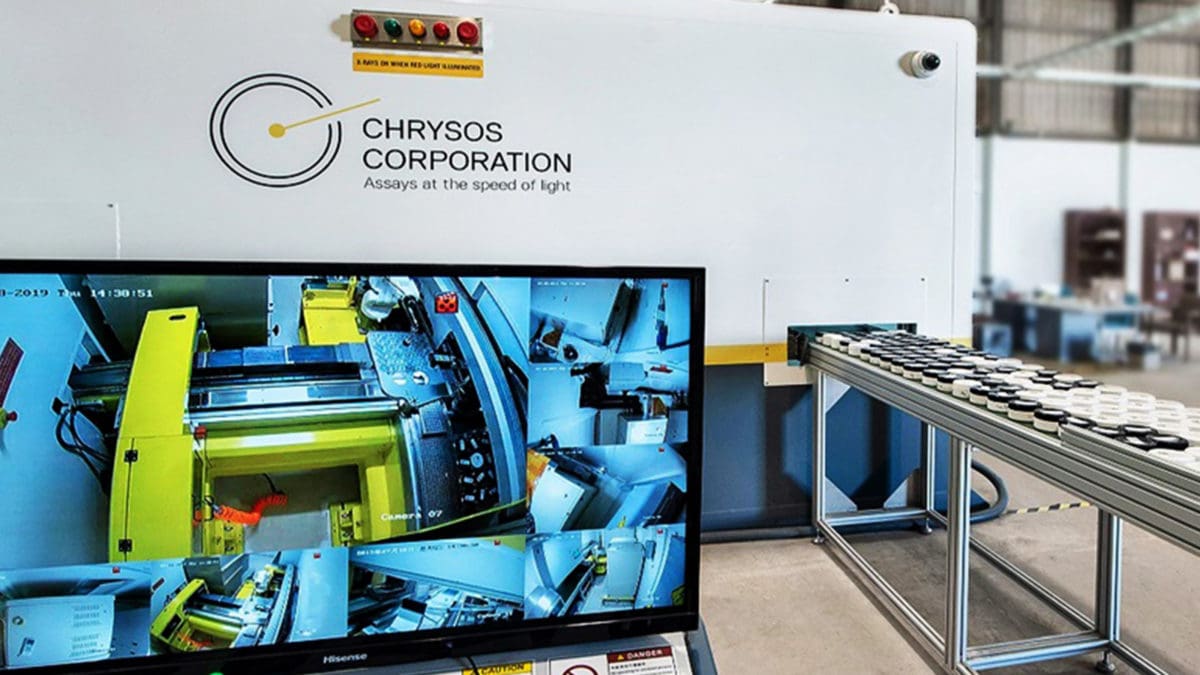How to avoid dud IPOs like Chrysos
The initial public offering (IPO) of Chrysos Corporation Limited (ASX: C79) was supposed to be a local example of innovation. Using technology developed in conjunction with the CSIRO, the company built its proprietary PhotonAssay machine which provides faster and more accurate testing of gold samples. Instead, the IPO flopped, with the Chrysos share price down 42% after just three trading days.
Ask most investors and they will tell you “I don’t invest in IPOs, it’s too risky”. Rightly so, there isn’t a lot of public information, and there is no known market other than prior raising rounds to base a valuation. But it can’t all be bad given almost every company begins public life as an IPO. Moreover, an argument can be information asymmetry is at its lowest, not highest. A detailed prospectus and an investigative account report are required, much more than is provided in a standard annual report. And since most investors bypass IPOs altogether, you can find uncovered gems where others aren’t looking. If you’re one of the few still willing to give IPOs a shot, here’s how to avoid the duds.
Typically companies IPO for a combination of two reasons. The first is for early investors such as founders, venture capital, or private equity to realize their gains and provide a liquid market for the company. This is something most investors should let through to the keeper. If the insiders are selling, why should you invest? To alleviate investor concerns, usually, companies will escrow substantial shareholder shares for 12 to 24 months. This means the shares can’t be sold, demonstrating to the market the existing shareholder remain aligned. About 65% of the money raised by Chrysos went to selling shareholders, a red flag from the very beginning. Senior management and the CSIRO agreed to an escrow, but few existing shareholders agreed to any form of lock-up. Hence the big selling on day one.
The second is the ability to raise capital. This is a more palatable reason under the right circumstances. The company might be launching a new product or region, or making a bolt acquisition that will strengthen the business long-term. But if the business is making an outsized acquisition or remains loss-making, this brings added risk. Will it need to raise more capital later? Is the business model sustainable? In fairness, the remaining 35% of the $183 million IPO proceeds went towards growth. But Chrysos is unprofitable and expects to remain that way for the next two years. With profitability pushed out at least until 2024, will the market be willing to stick around for the growth story? As a general rule of thumb, if profits don’t start appearing in the first 12 months, expect the market to lose interest quickly.
If you really want to get into the weeds, review related party transactions (RPT) and management remuneration. Funky loan arrangements, rental agreements, or family members providing services could mean management is running the business for themselves rather than shareholders. A detailed financial history of at least five years should also be provided. If it isn’t, it might mean the business is just showing recent wins rather than the bigger picture. Positively, Chrysos didn’t have any material RPT. And a five-year summary isn’t applicable in this case because it only started earning proper revenue in 2020.
Additionally, be sure to invert. What isn’t included? A cynic would say the prospectus is just a marketing document. It’s designed to paint a rosy picture. This isn’t a criticism of Chrysos, simply something to be wary of. Try and find independent research on the business from suppliers, customers, or employees.
It would be remiss to judge a company on its first three trading days. There is every chance Chrysos turns out to be a wonderful business. It’s also a very difficult macro environment, particularly for unprofitable listings. But the warning signs were there, and the company (so far) has become yet another case study of why investors need to be extra diligent when investing in IPOs.
Information warning: The information in this article was published by The Rask Group Pty Ltd (ABN: 36 622 810 995) is limited to factual information or (at most) general financial advice only. That means, the information and advice does not take into account your objectives, financial situation or needs. It is not specific to you, your needs, goals or objectives. Because of that, you should consider if the advice is appropriate to you and your needs, before acting on the information. If you don’t know what your needs are, you should consult a trusted and licensed financial adviser who can provide you with personal financial product advice. In addition, you should obtain and read the product disclosure statement (PDS) before making a decision to acquire a financial product. Please read our Terms and Conditions and Financial Services Guide before using this website. The Rask Group Pty Ltd is a Corporate Authorised Representative (#1280930) of AFSL #383169









